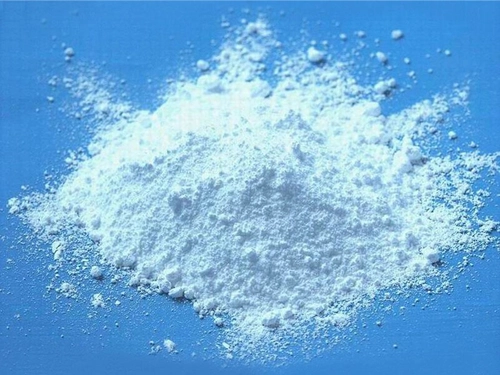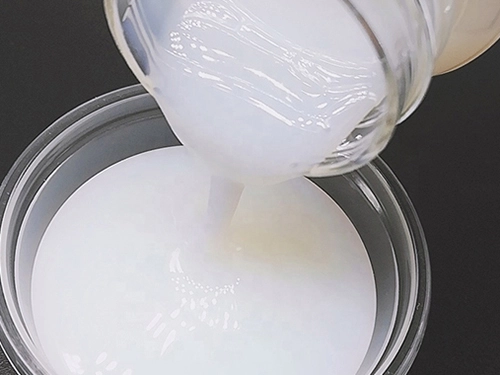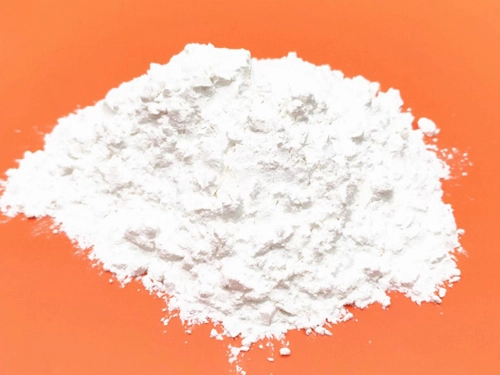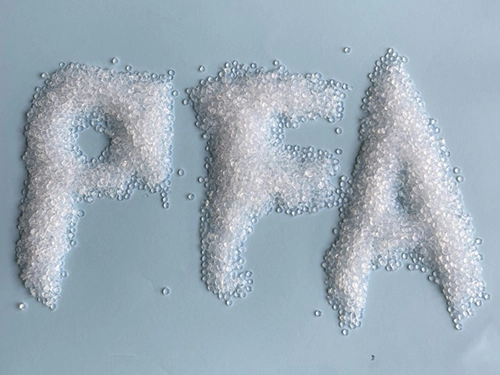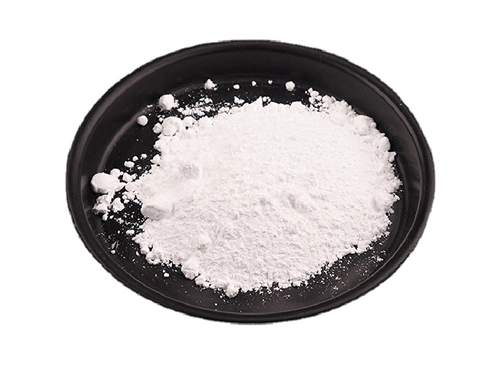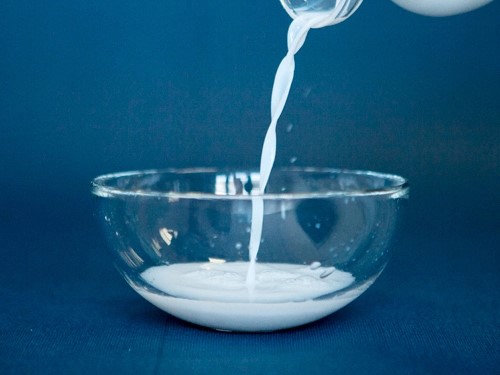PTFE molding powder is widely used in the molding process, mainly for manufacturing products that are corrosion-resistant, high-temperature resistant, and have excellent electrical properties. Understanding the characteristics of PTFE molding powder and the molding process is crucial for ensuring product quality. This article will introduce the molding process of PTFE molding powder, including the required equipment, resin selection, and specific process steps. For those interested in fluoropolymer powder coating, this overview provides essential insights.
Main Equipment and Requirements
Press Equipment
PTFE molding usually uses a hydraulic press or oil press, requiring the equipment to apply pressure smoothly and uniformly, with flat platens and adjustable compression speed. For large-sized products, it is recommended to use an automatic lifting table and fixed molds to improve efficiency.
Mold Design
The design and material of the mold directly affect the quality of the product. When designing molds, it is necessary to consider the shrinkage rate and compression ratio of PTFE molding powder. The shrinkage rate determines the dimensional change after sintering, while the compression ratio affects the density of the molding. Common mold materials include high-strength steel, which can withstand high temperatures and pressures, ensuring mold stability during production. Insights from ptfe resin manufacturers can be valuable in this context.
Sintering Furnace
PTFE molding powder needs to be heated to high temperatures in a sintering furnace, usually using an electrically heated furnace equipped with an automatic temperature control system. To ensure uniform temperature during the sintering process, the air inside the furnace needs to circulate, and the heating process should avoid air entry as much as possible to prevent oxidation.
Selection and Application of PTFE Molded Powder
PTFE molding powder used for molding is mostly made by suspension polymerization, with particle sizes typically ranging from 20 to 600 μm. It is critical to choose the appropriate particle size according to different product requirements. Fine particles of PTFE molding powder are suitable for products with high electrical performance requirements, while powders with good flowability are more suitable for mass production of small products. For those sourcing from teflon powder suppliers, understanding these specifications is crucial.
Molding Process Steps
Resin Pre-treatment
Before molding, PTFE molding powder needs to undergo temperature adjustment. PTFE is triclinic below 19°C and unravels into an irregularly coiled structure above 30°C. This transition directly affects the volume change during molding, so the resin temperature must be controlled between 23 and 25°C to ensure a stable molding effect.
Resin Sieving
Due to the poor flowability of PTFE molding powder and its tendency to clump during storage and transportation, it needs to be sieved through a 10-20 mesh screen to ensure powder uniformity and reduce the impact of impurities.
Preforming Process
In the preforming process, PTFE molding powder needs to be evenly distributed in the mold cavity and pressed into an initial shape. When adding material, air entry should be avoided, especially for products with high electrical performance requirements, ensuring a dust-free environment. During pressing, pressure should be applied slowly to avoid cracks or defects in the product. For applications requiring teflon dispersion, these steps are critical.
Automatic Molding
For mass production of small products, automatic molding can significantly improve production efficiency. The automatic process includes quantitative feeding, pressing, holding pressure, and demolding, all controlled automatically by the press, with a short cycle, generally 10-15 seconds.
Sintering Process
Sintering is a crucial step to ensure the performance of PTFE molding powder products. Preformed products are heated in a sintering furnace to above the melting point of PTFE (327°C) and maintained for a certain period to melt and bond the resin molecules. The sintering process includes heating, holding, and cooling stages. Temperature control is critical for product quality, especially for large or thick-walled products. For those working with micro fine ptfe powder, precise temperature control is essential.
Due to its excellent high-temperature resistance, corrosion resistance, and superior electrical properties, PTFE molding powder is widely used in various industrial fields. By precisely controlling each aspect of the molding process, such as equipment selection, resin treatment, preforming, and sintering, high-quality and consistent products can be ensured. With advances in automation technology, the production efficiency and molding precision of PTFE molding powder will continually improve, meeting broader market demands. This is particularly relevant for industries utilizing teflon semiconductor applications.


